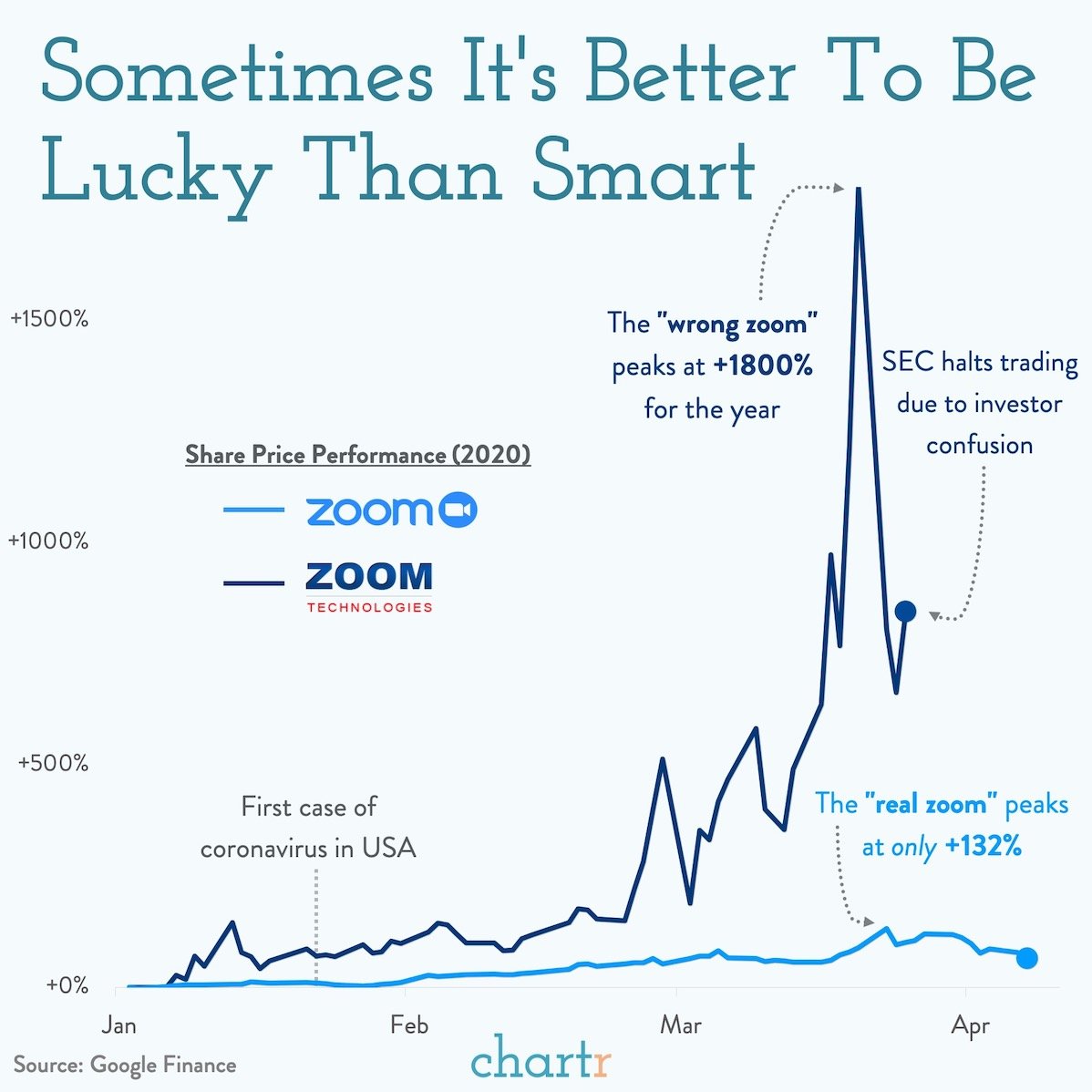


Could ABM be the answer to marketing and sales alignment?




Liam and Noel.
Taylor and Kanye.
Trump and CNN.
Sales and marketing wouldn’t sit out of place in that list; it’s no secret that the relationship between the two is fraught (to say the least!).
Despite sharing many similarities and being so intrinsically linked it appears as though organisations are still struggling to get sales and marketing to see eye-to-eye.
Harvard Business Review conducted a study across Corporate Executives to understand how marketing and sales teams described one another. The results are pretty damning.
Across several hundred sales and marketing responses,
a full 87% were negative.
But all is not lost, there’s hope for reconciliation; the rewards for an aligned sales and marketing function are too big for either to ignore!
Organisations with good alignment see:
- 27% faster three-year profit growth
- 38% more deals closed
- a 32% increase in year-over-year (YoY) revenue growth
Your path to sales and marketing harmony?
ABM.
Account-based marketing (ABM for short, because marketers love an acronym...) concentrates on a clearly-defined set of target accounts within your specific market, and uses personalised content to resonate with each as a ‘market of one’.
Our friends at HubSpot define it as:
A growth strategy in which marketing and sales work together to create personalised buying experiences for a select set of high value companies.
But don’t worry, purchasing the latest ‘ABM tech stack’ shouldn’t be your priority, taking the time to adopt and embed ABM–and with it, sales and marketing alignment–will offer better rewards than any software purchase will.

Of course, the bells and whistles can help you flourish but throwing your budget at software without investing in your internal operations is likely to be a worse investment than buying shares in the wrong ZOOM.
Why adopt ABM?
Better results.
Whether you’re a marketer looking to improve click through rates, or a salesperson looking to improve your demo conversion rate, alignment will have a great impact on your results.
Organisations with tightly aligned sales & marketing achieved 36% higher sales wins.
An ABM approach encourages both teams to share their intel and provide feedback to the other, regardless of funnel position.
Each team brings a perspective and value to the other. Sales teams are able to provide valuable context from their conversations with prospects, insight marketers often lack. Marketing teams will be rewarded with increased click through rates and engagement, as content will resonate more with their intended audience.
It’s a two-way street though. Marketers should reciprocate by providing advice and opinion on ways they can help influence the sales process, e.g. content that may help nudge prospects to make a decision.
But the results of a closely aligned sales and marketing team aren’t limited to new clients either, it’ll also help with your customer retention. A survey conducted by LinkedIn revealed that 58% of respondents said that sales and marketing collaboration helps improve customer retention.
Less friction
Friction during the buying journey is always unwelcome. It slows or halts your prospect and increases the chances of them going elsewhere. The easiest way to remove friction is to review your sales cycle as though a prospect, and ensure you have everything you need to make a purchase decision.
ABM forces marketing and sales teams to plan their targeted approach together. For help creating a frictionless sales process download our guide.
Shorter sales cycle
Measuring and analysing what makes prospects convert allows organisations to replicate a winning method, which helps to reduce waste, improve content relevancy and helps prospects convert quicker.
ABM requires a commitment to openness and cross-departmental communication, creating a continuous feedback loop. Ultimately, getting the right content to the right people at the right time. A smoother buyer experience means a faster conversion.
While prospects are ‘stuck’ in the pipeline, they’re also taking up the time of sales and marketing, so there’s internal efficiency gains to be had.
Very often sales teams recreate documents for individual prospects, rather than seeking marketing’s help to create multi-purpose assets e.g. product comparison tables or price calculators. It’s the role of marketing to help convert prospects, gone are the days of the ‘sales hand-off’.
Could sales and marketing be the next Sonny & Cher?
While the financial performance of ABM can’t be ignored, it also sets the course for a culture of alignment between sales and marketing.
Historically, marketing and sales teams have been too focused on their own individual results, rather than one common goal. A successful ABM strategy relies on transparency and communications, with everyone pulling in the same direction.
It’s time that organisations restructure their operations to build teams around the way people buy, rather than try to fit buyers around the way their teams sell.
So marketing teams, listen to sales.
Sales, listen to marketing.
By listening to one another you’ll learn more about the people that you’re trying to engage with; your buyers.








